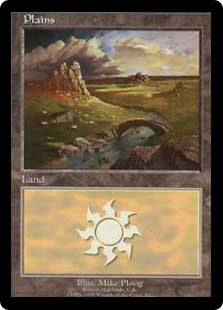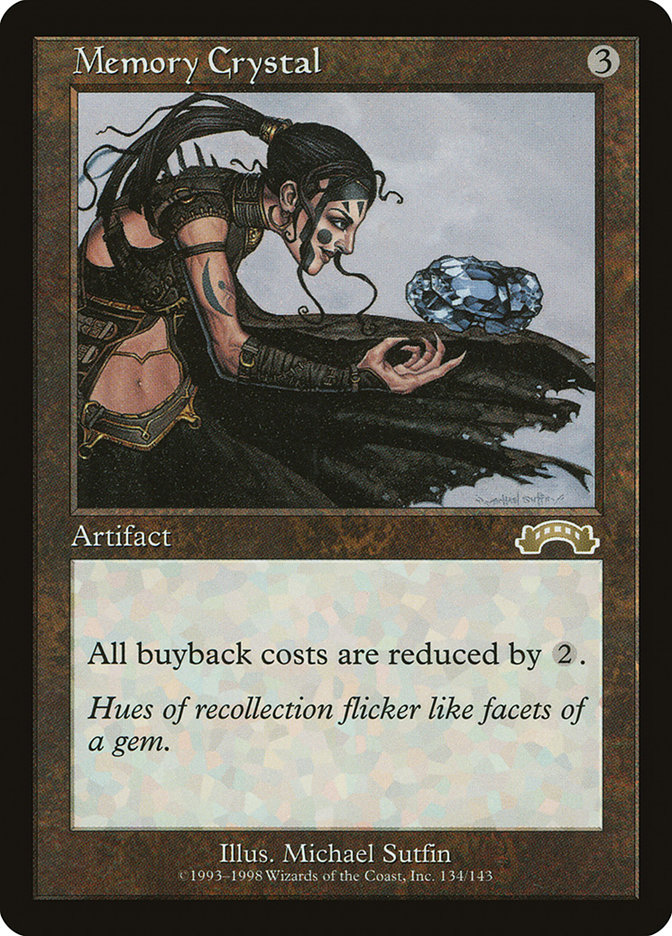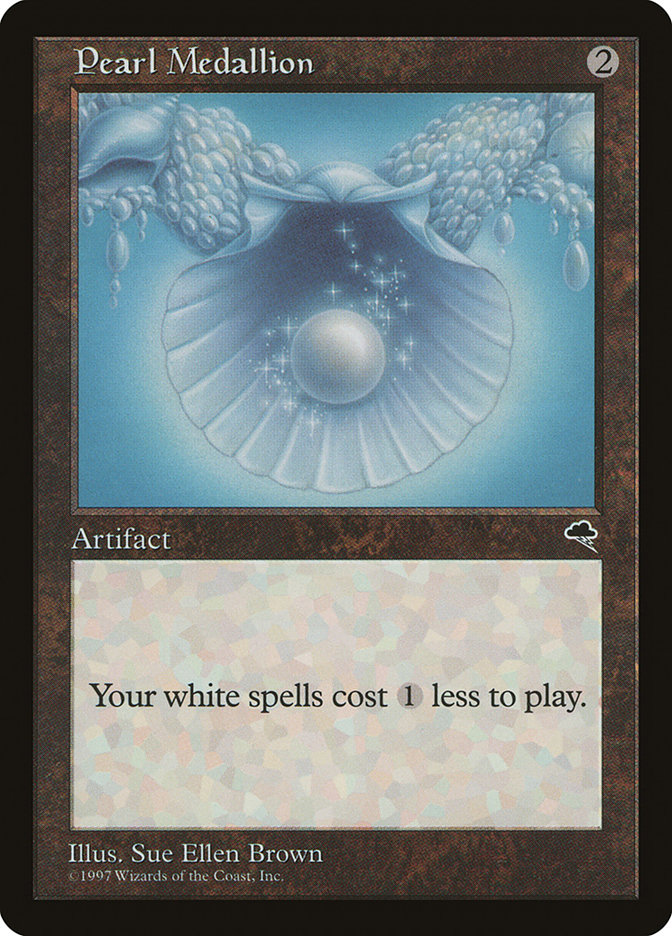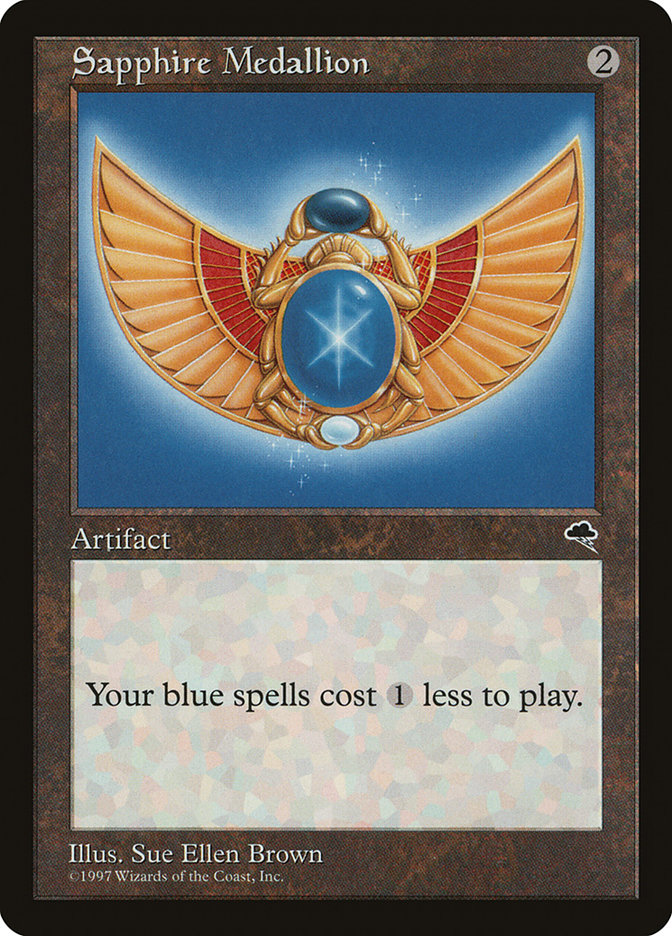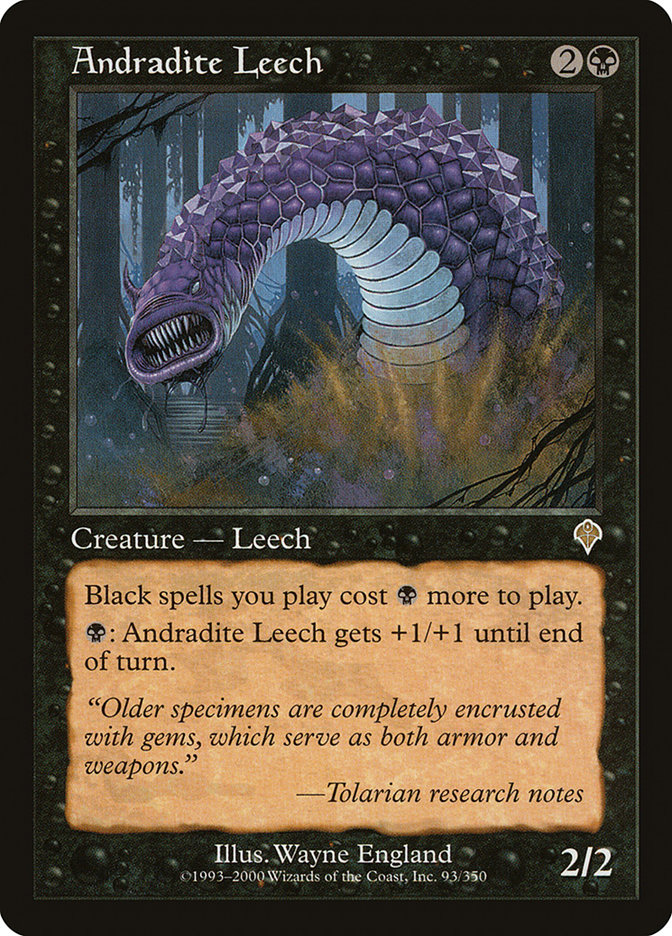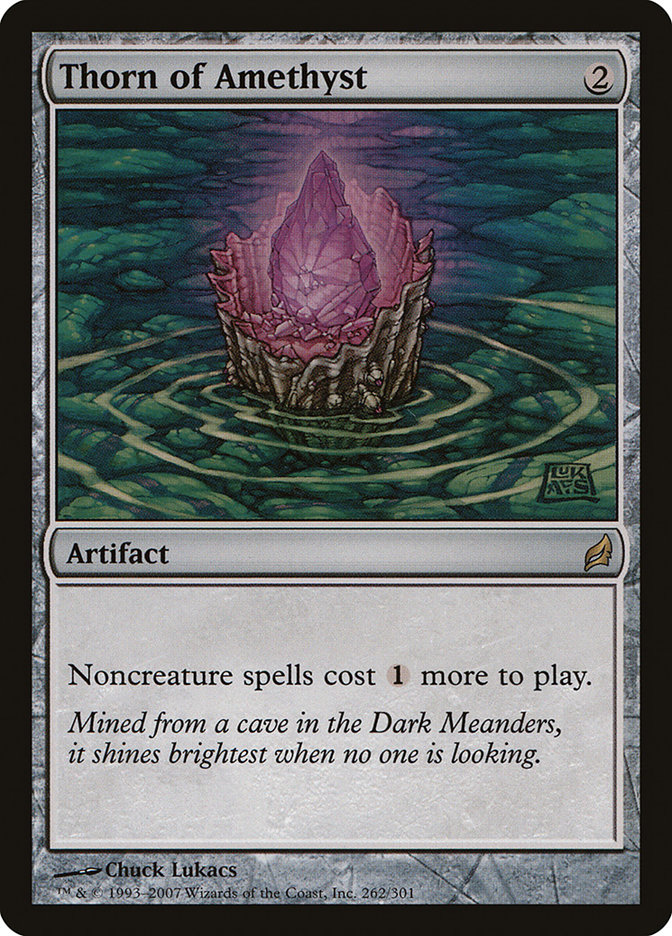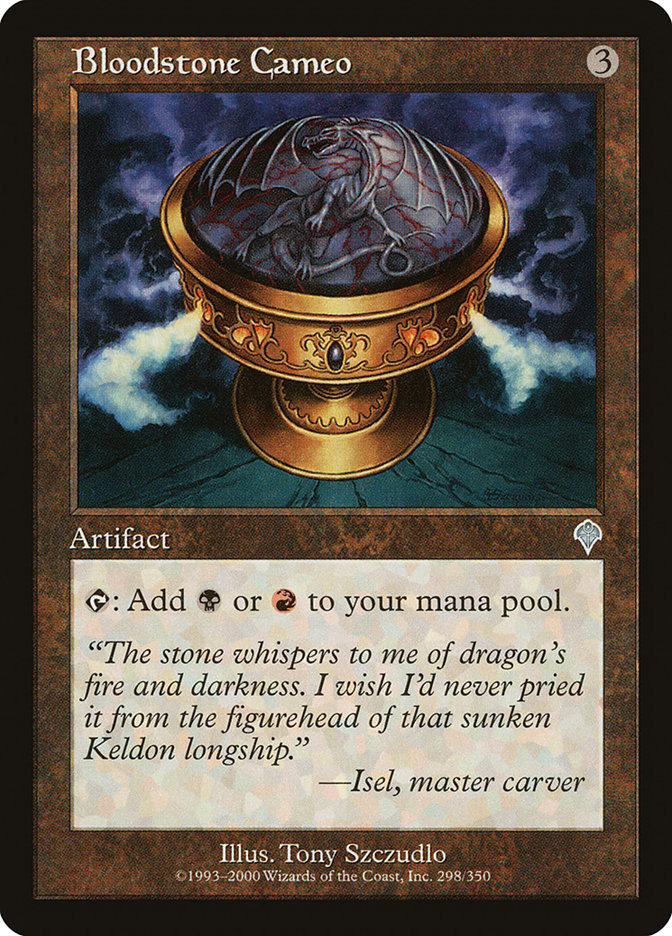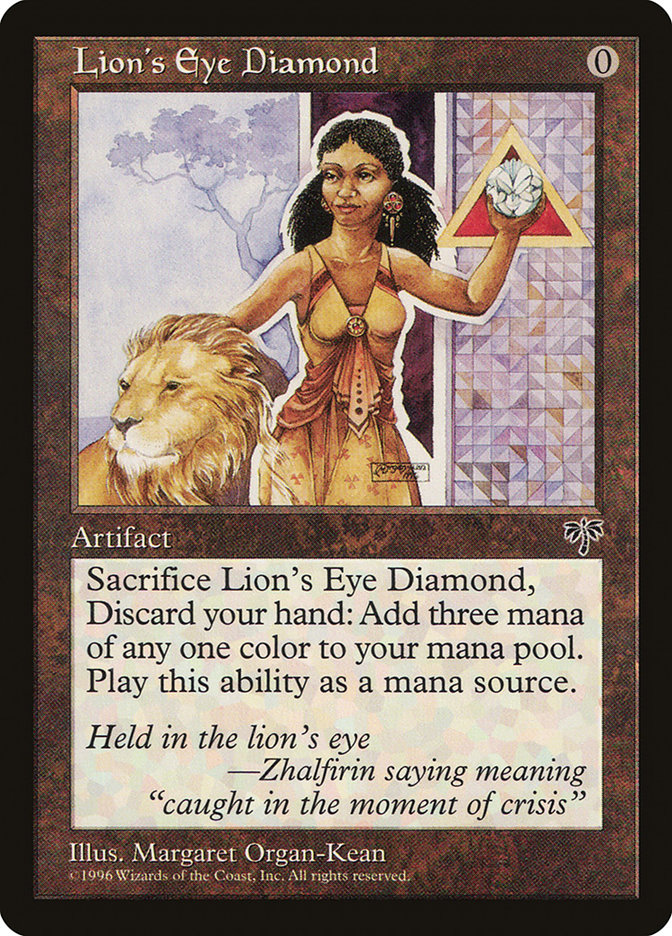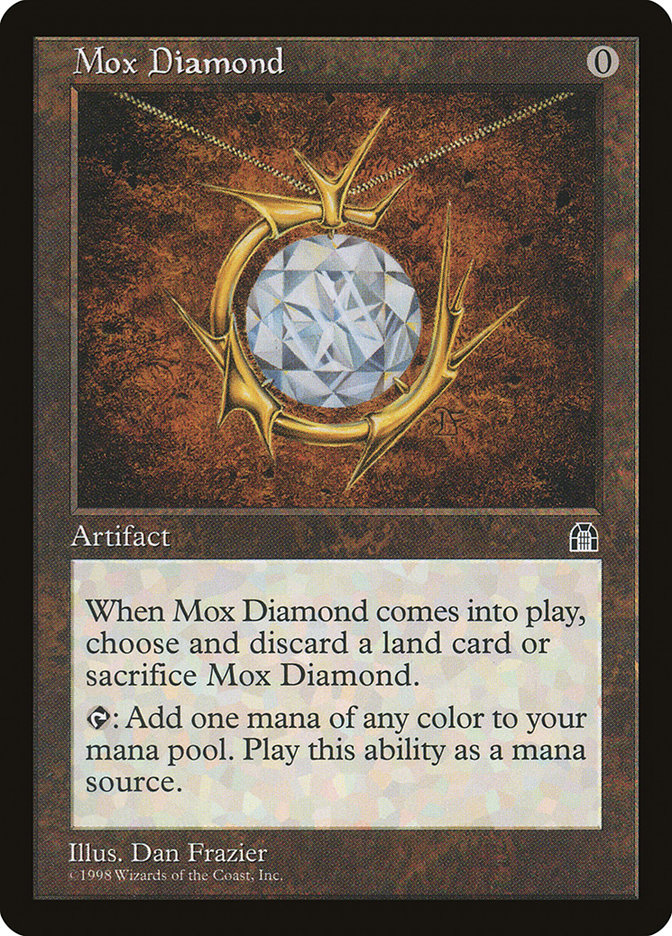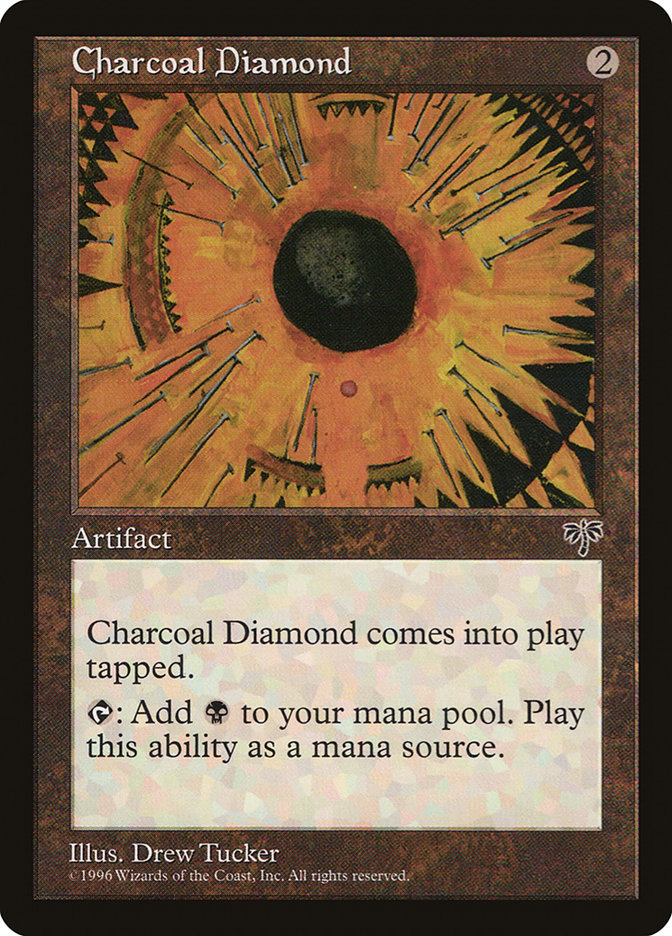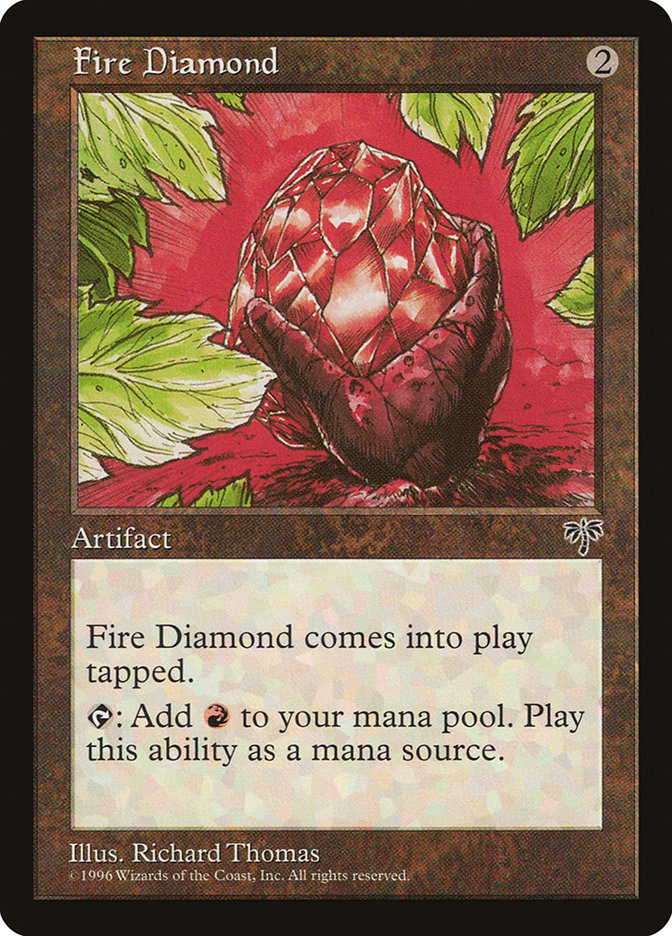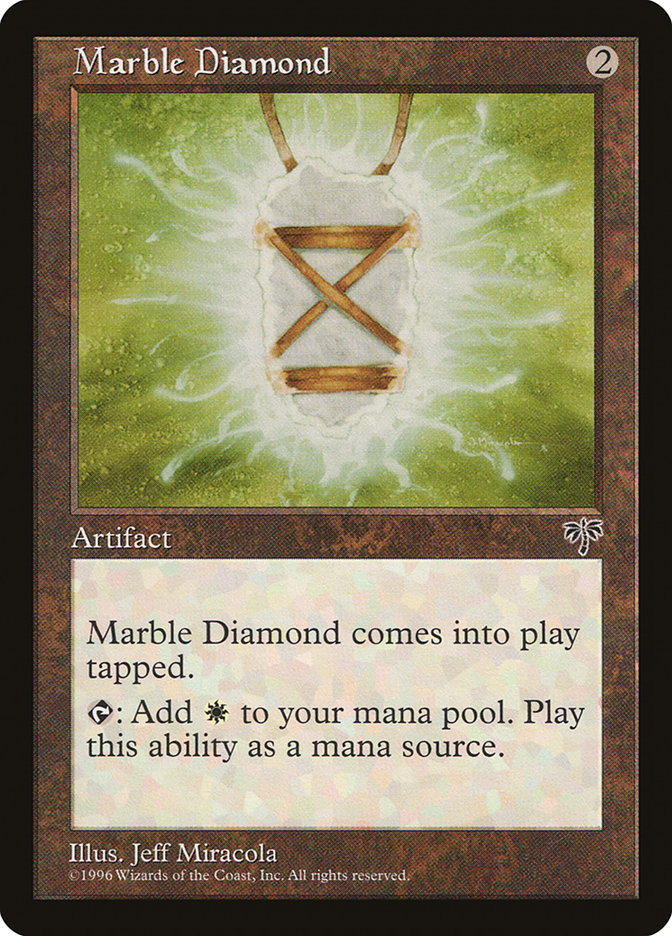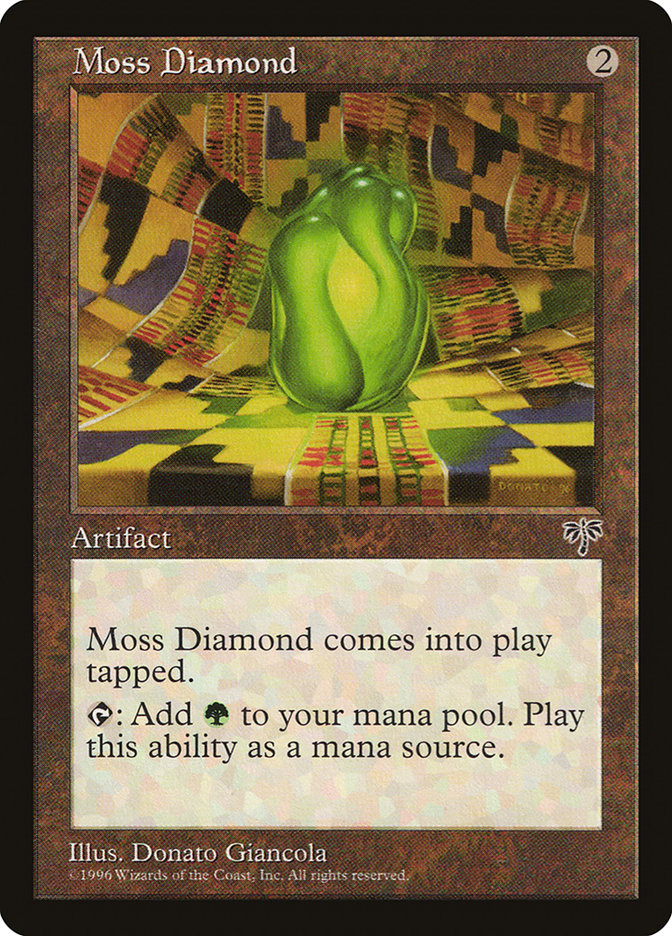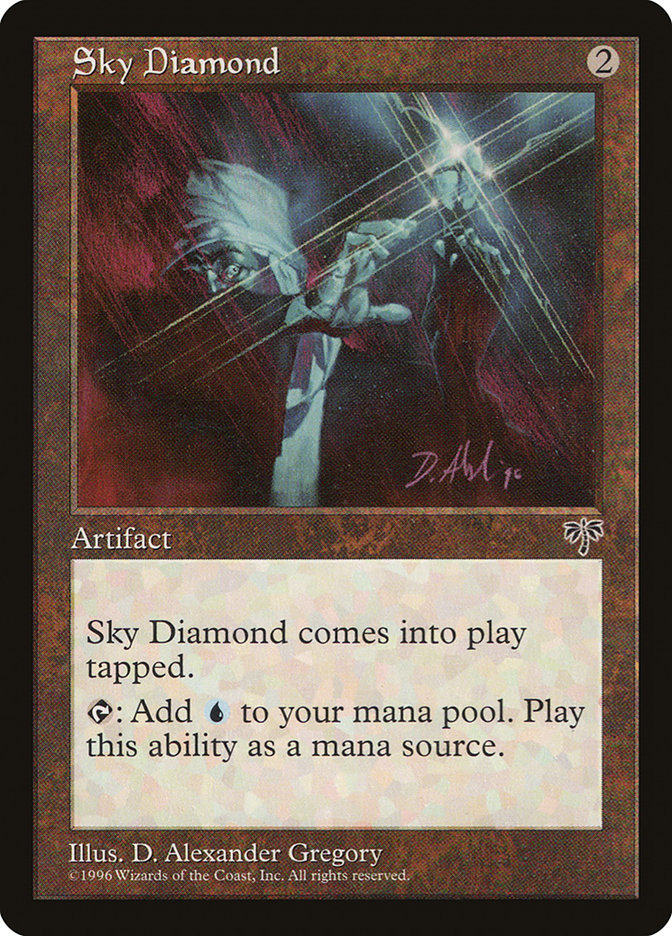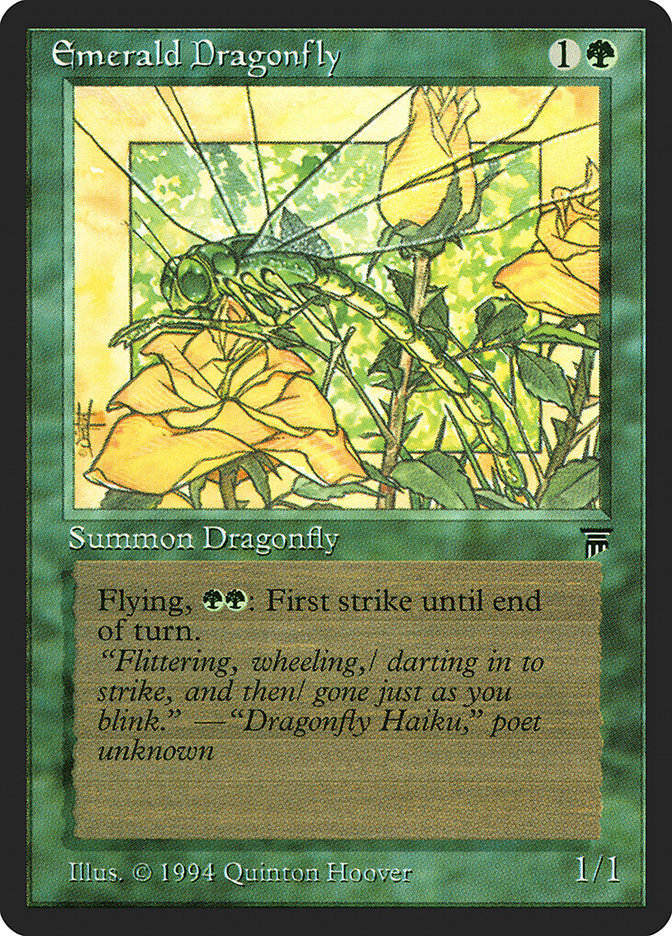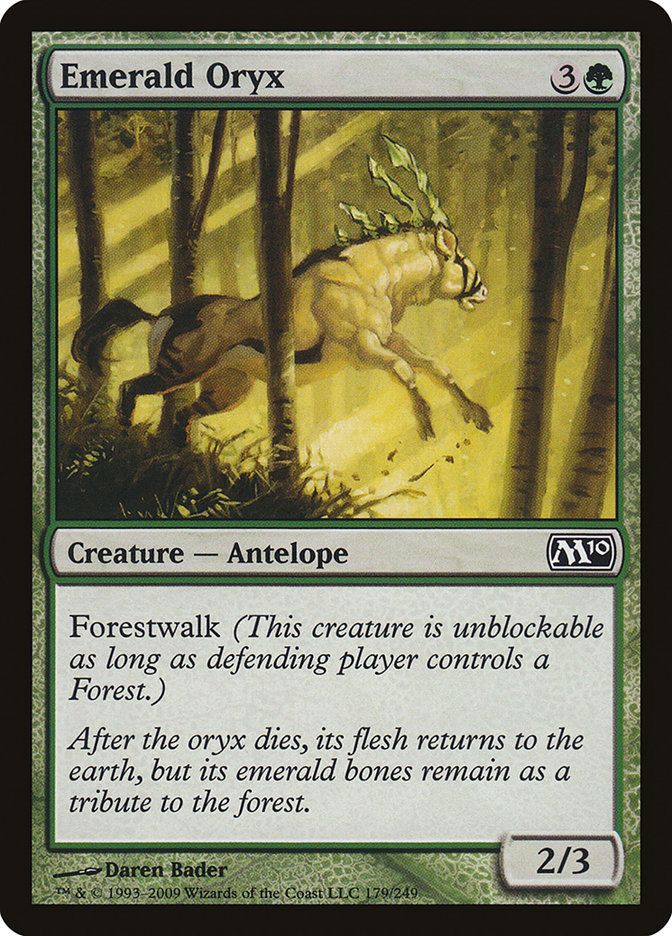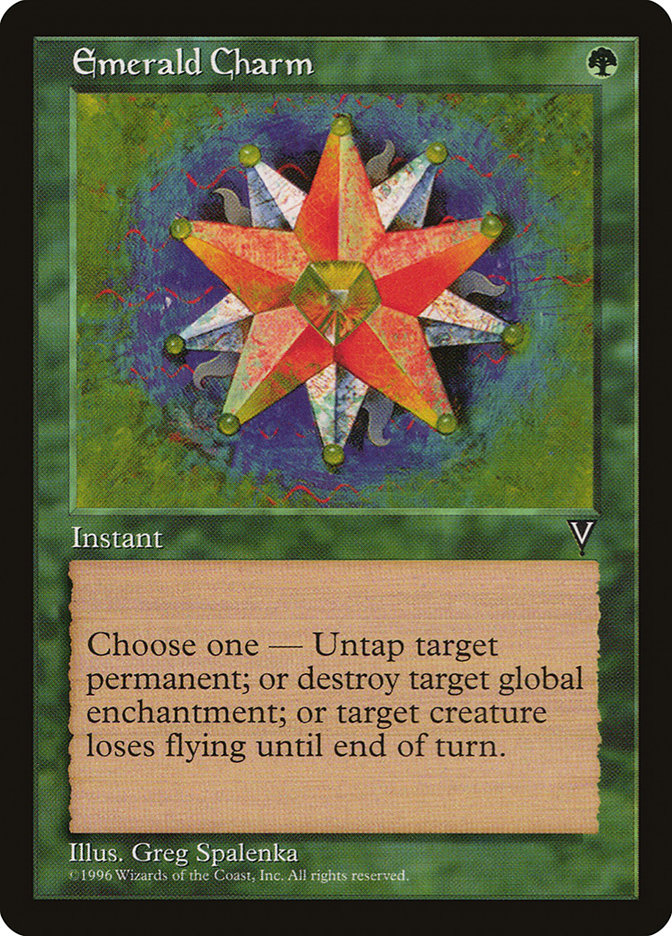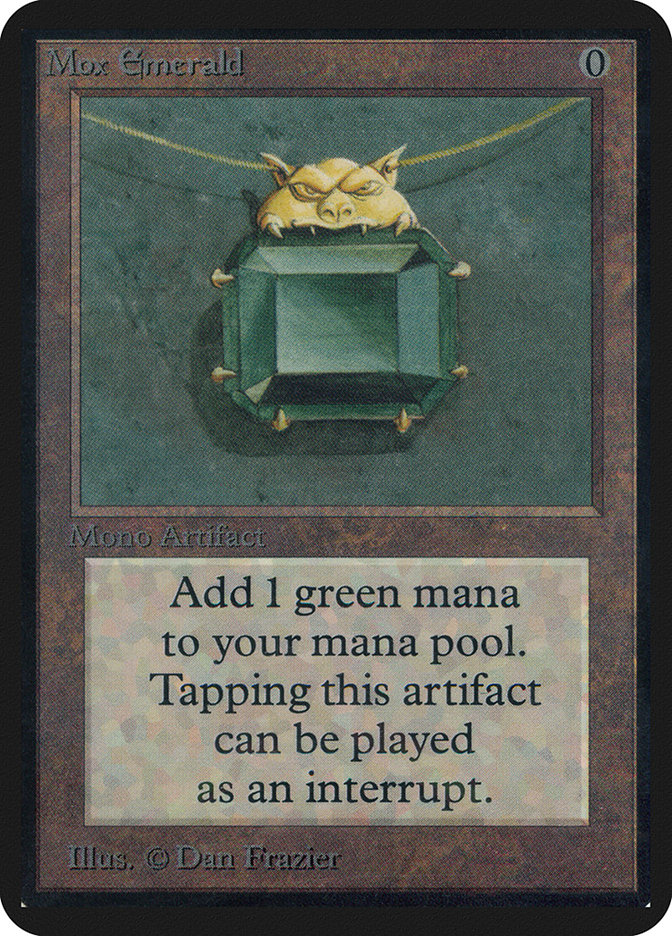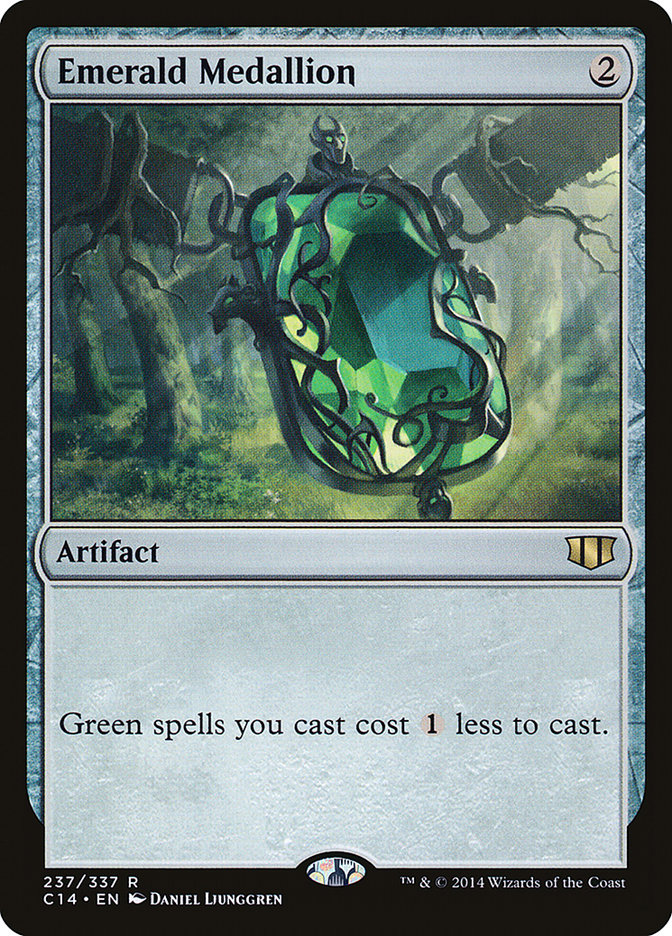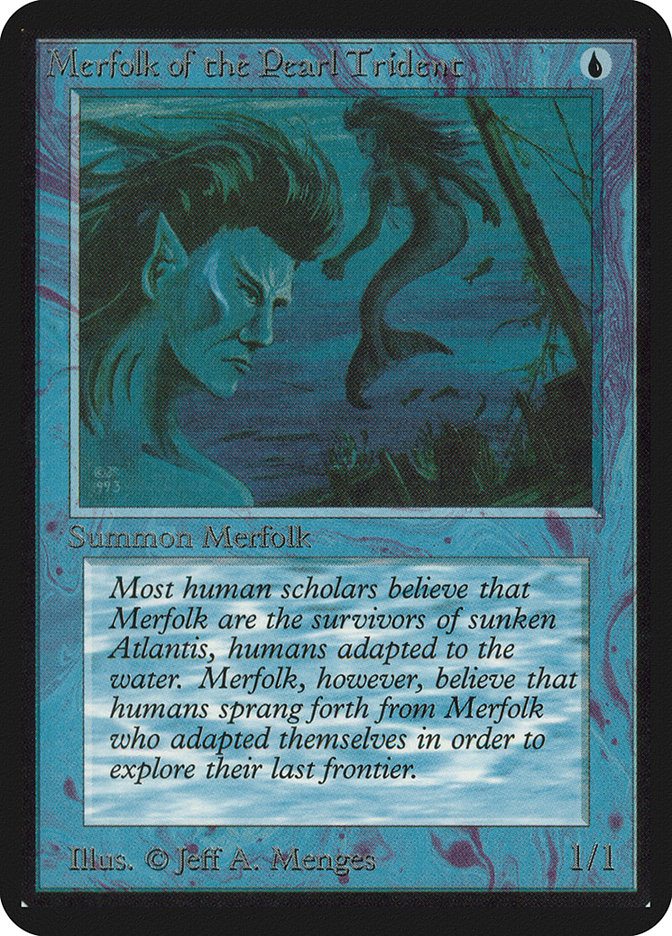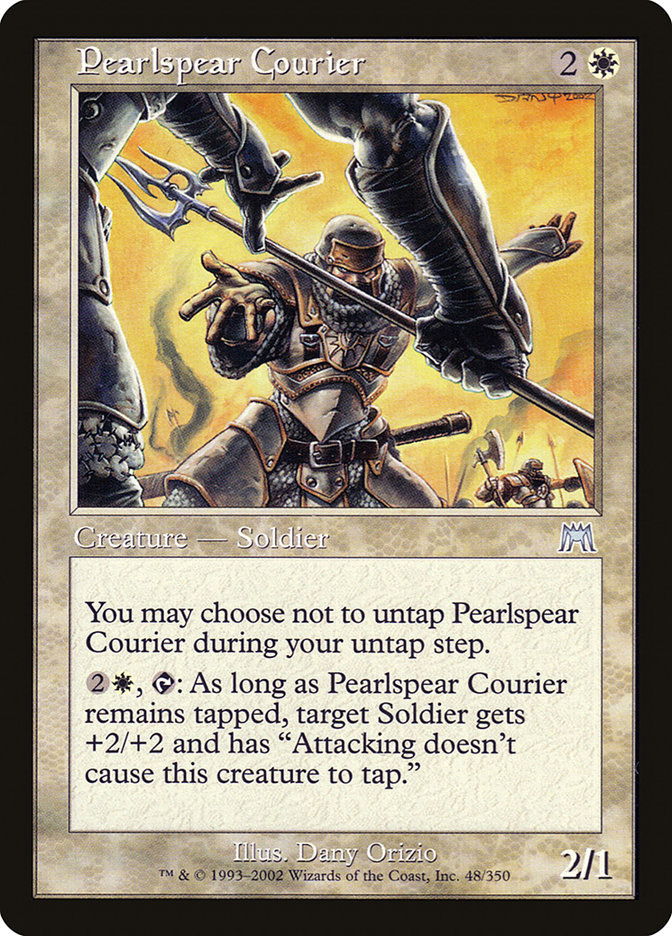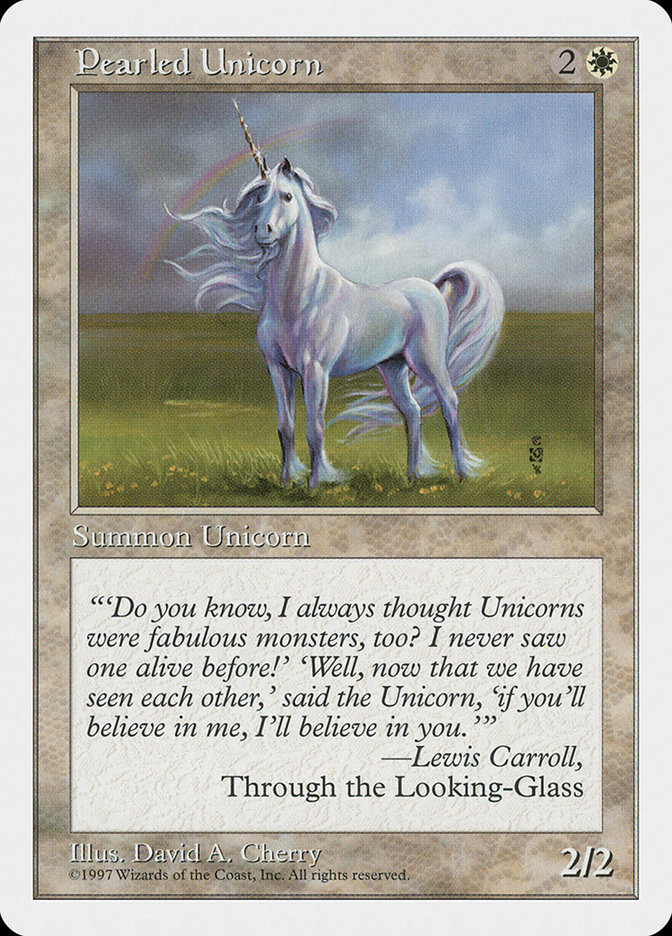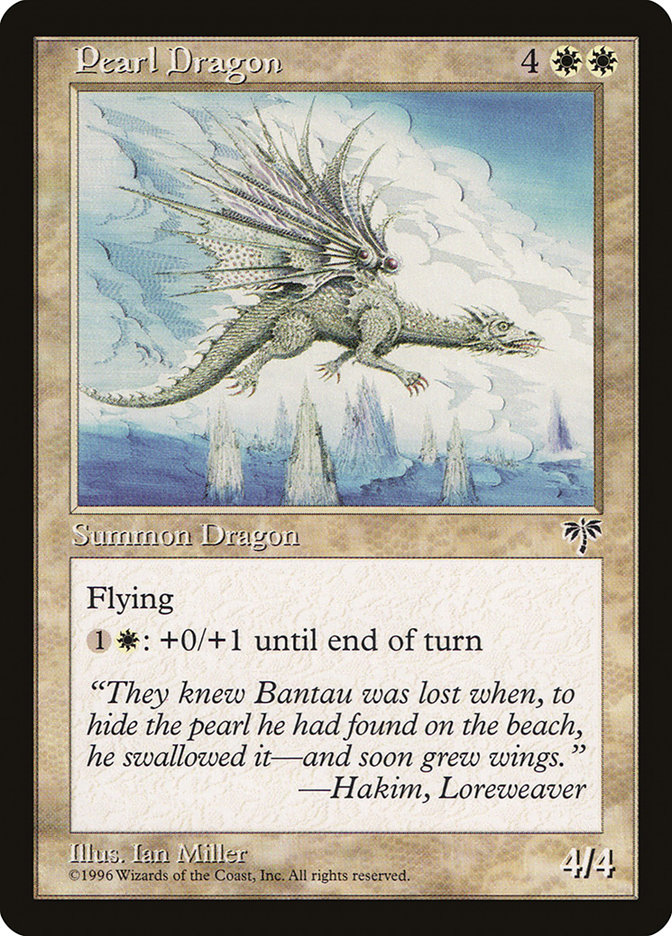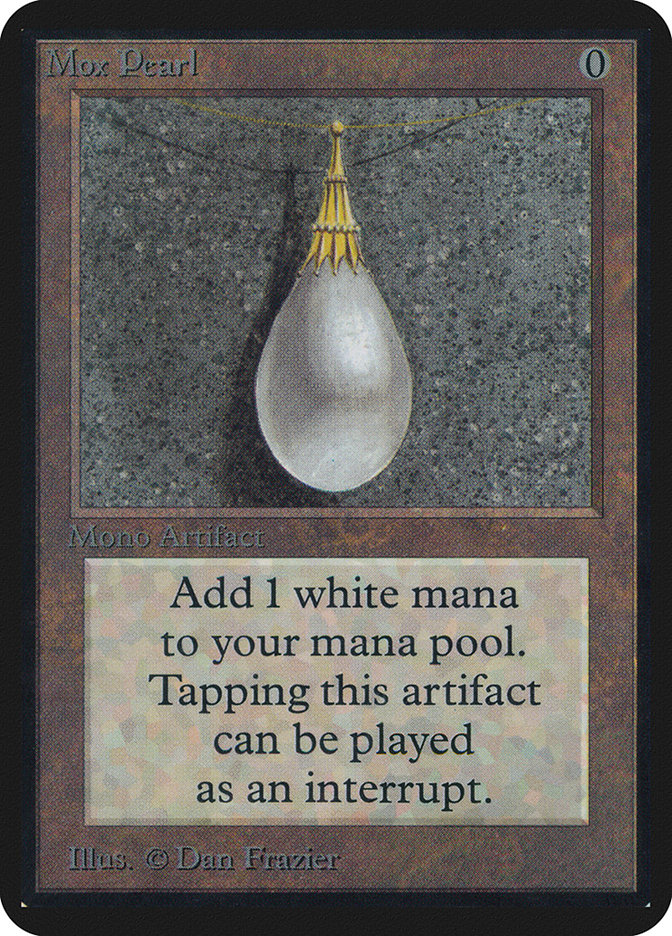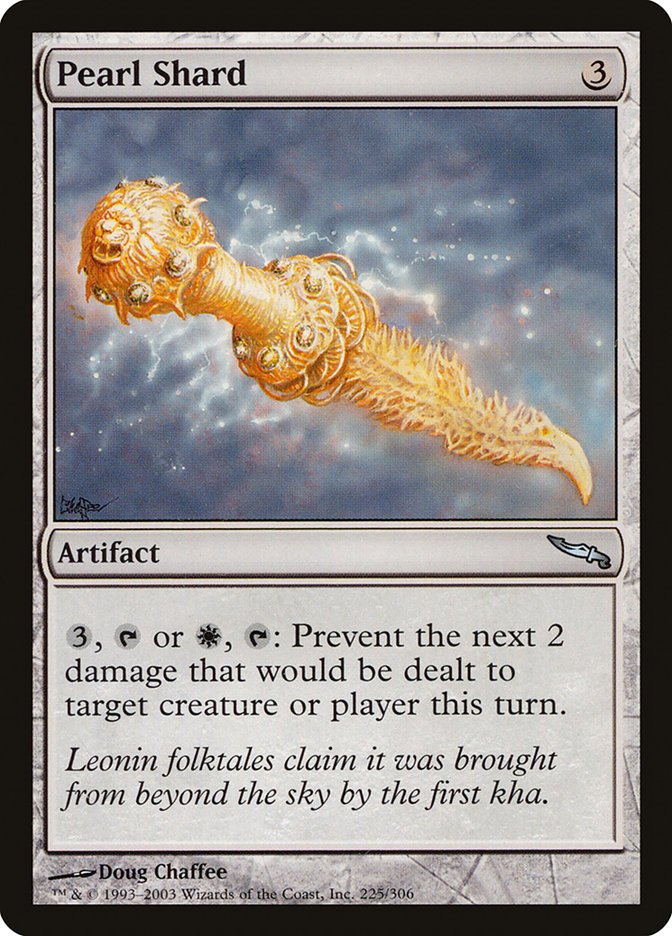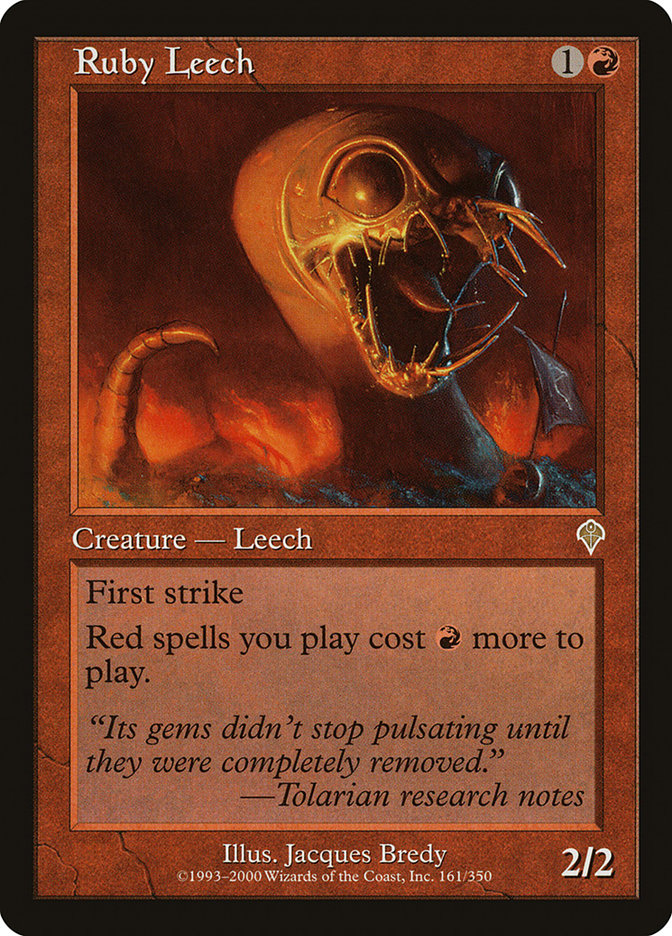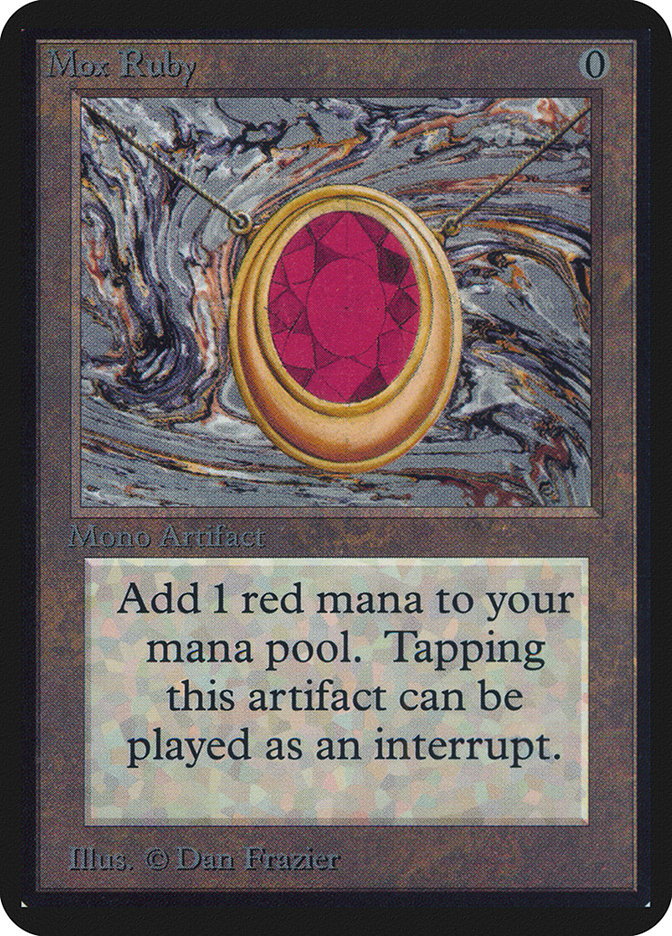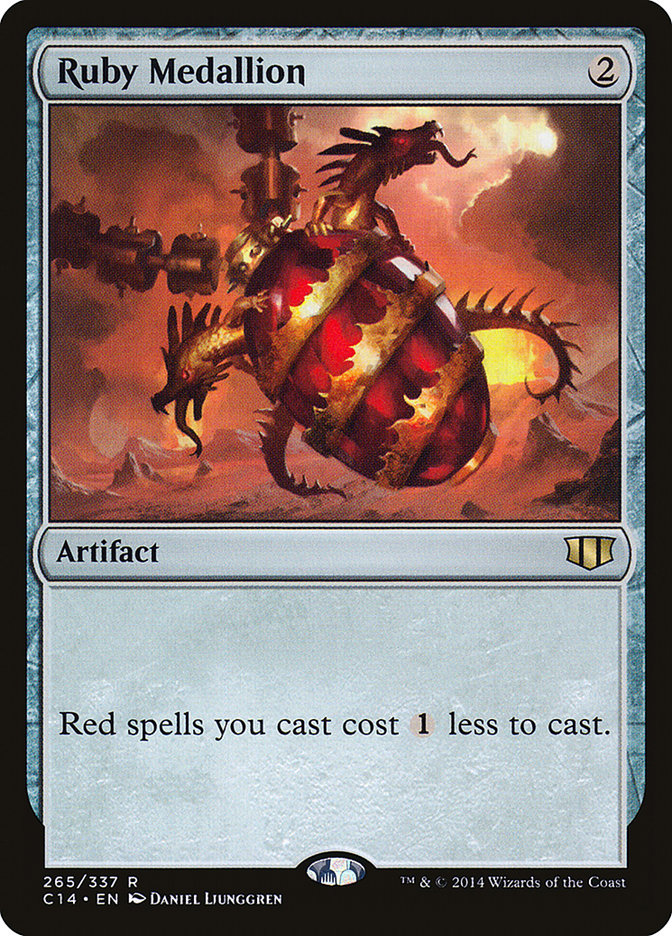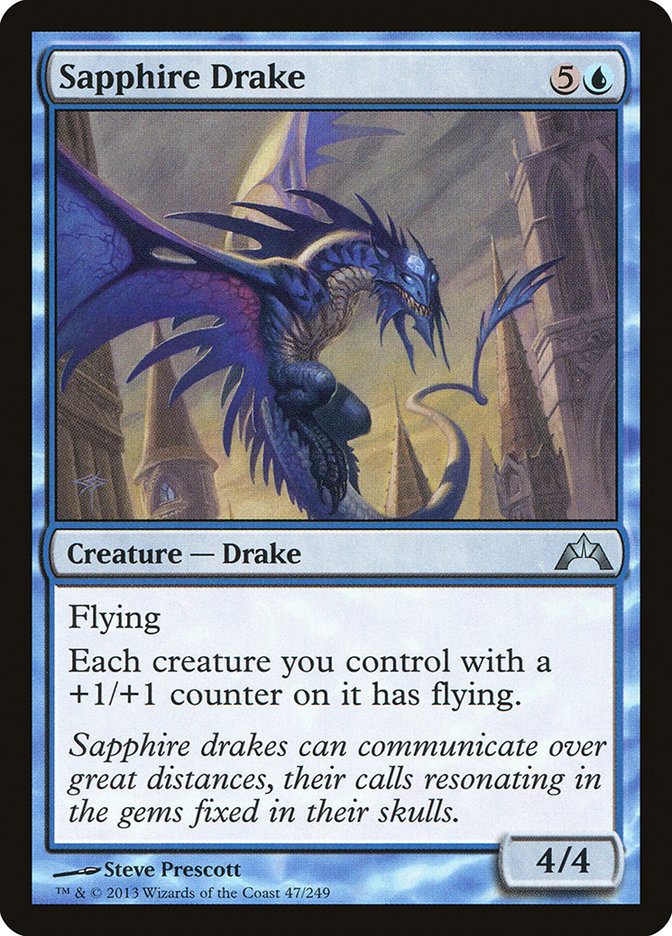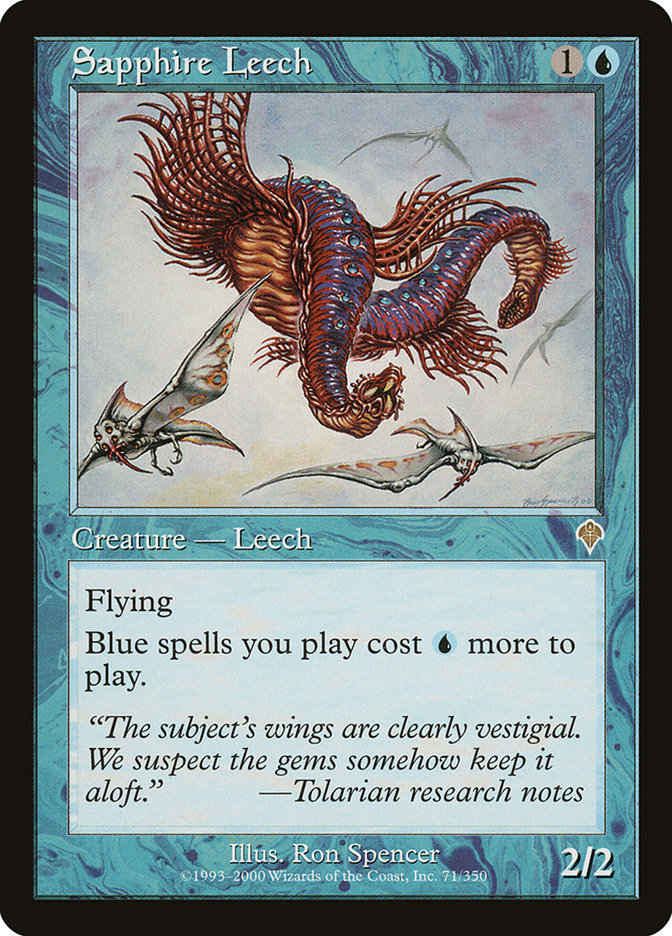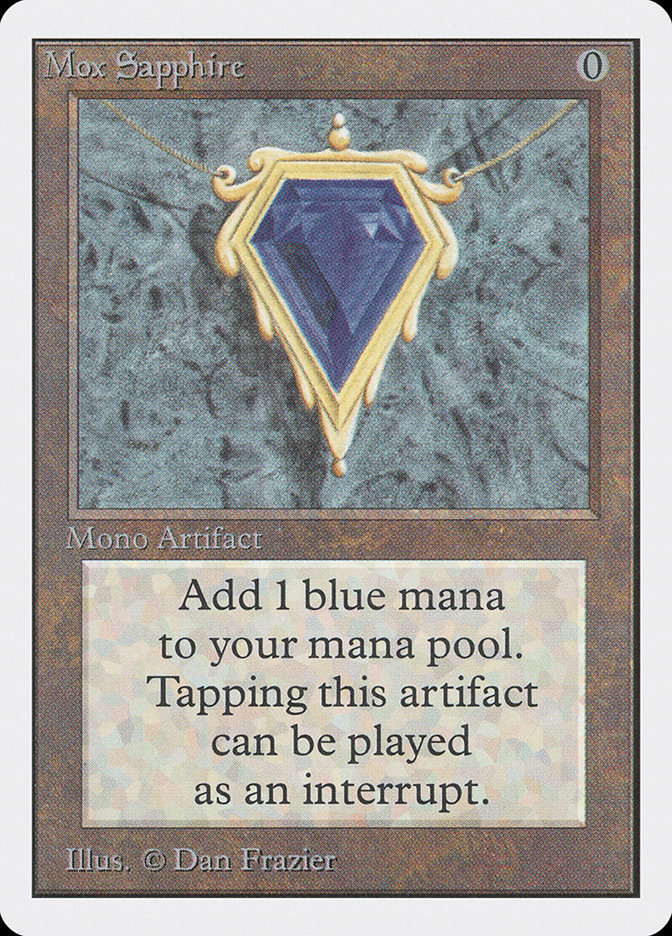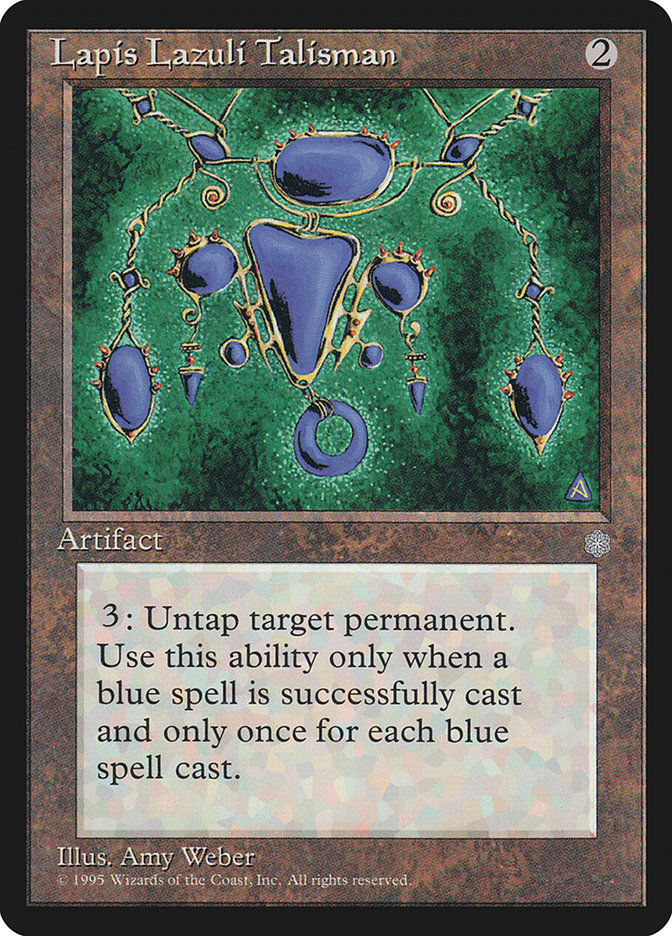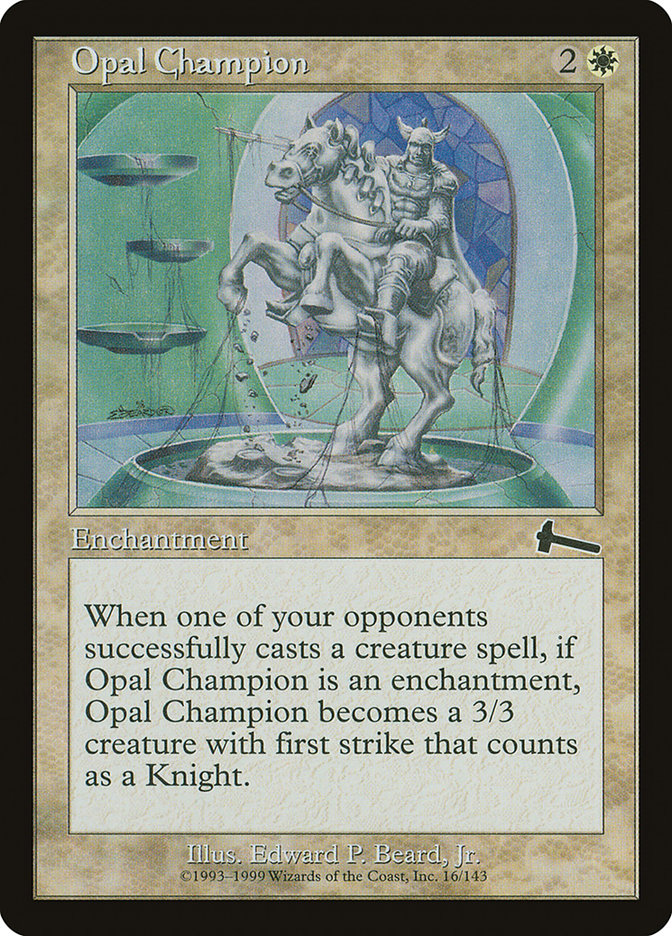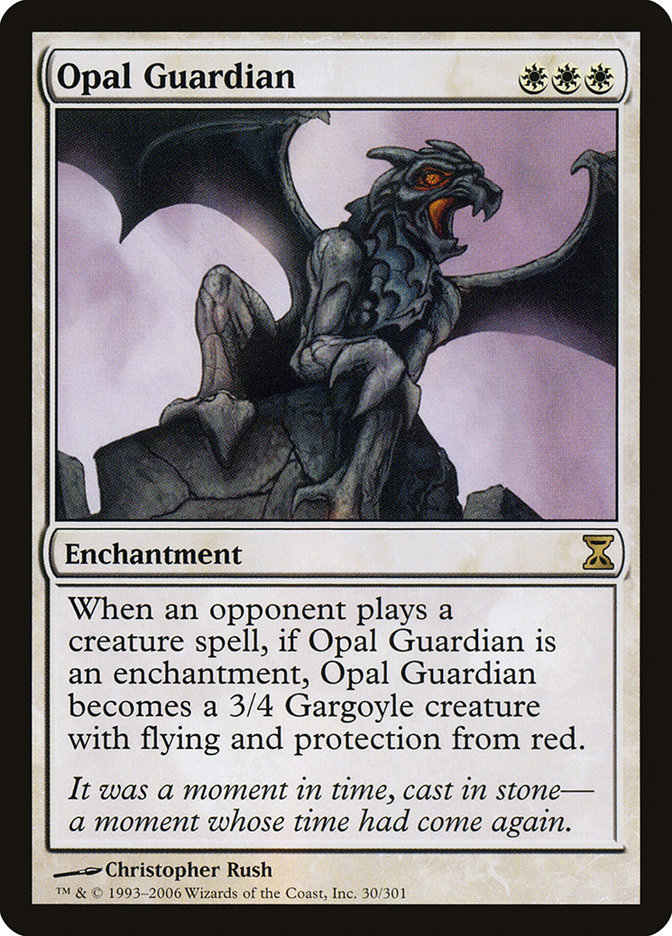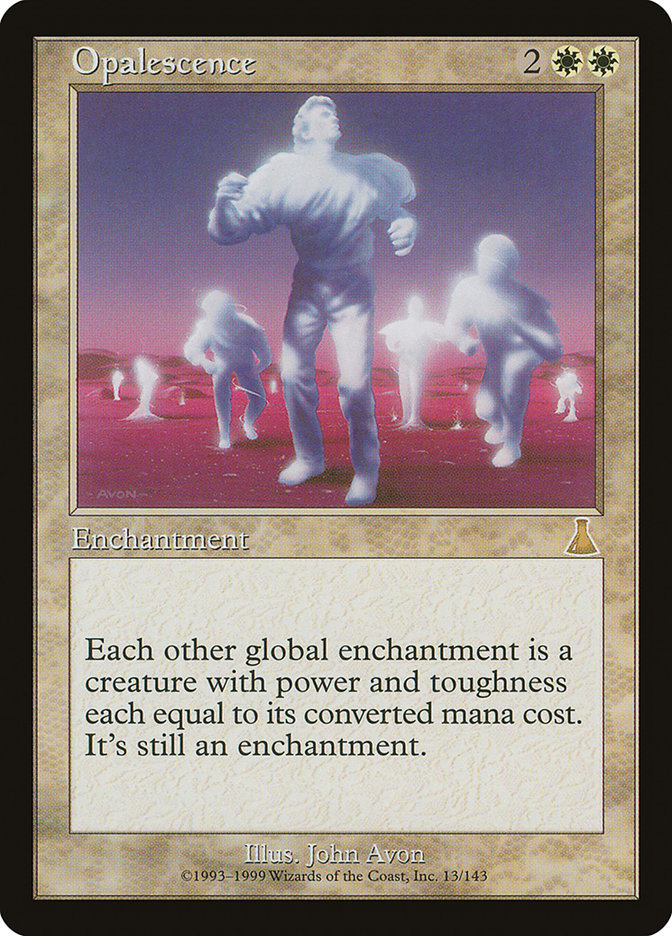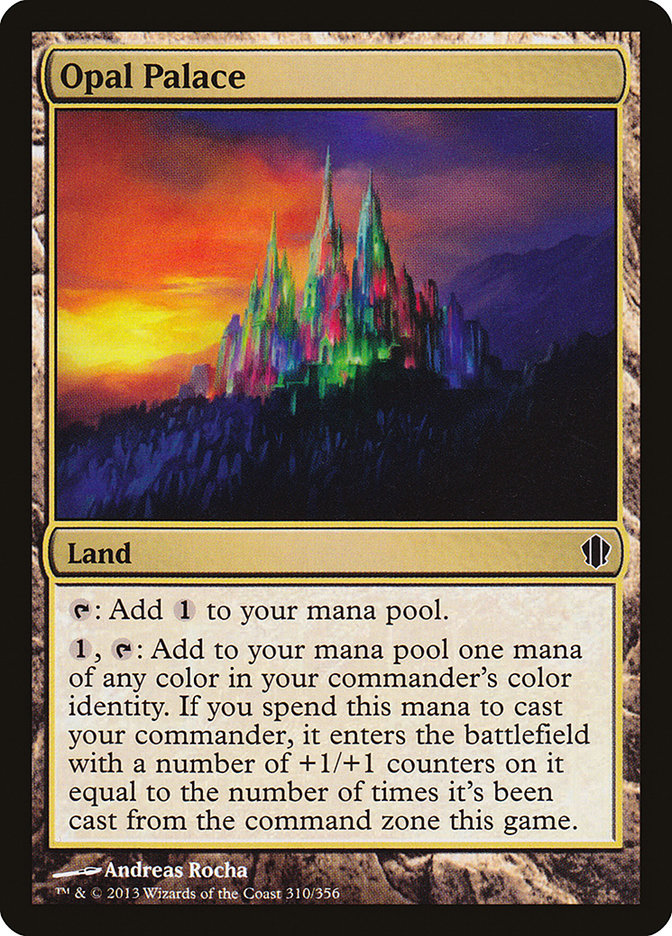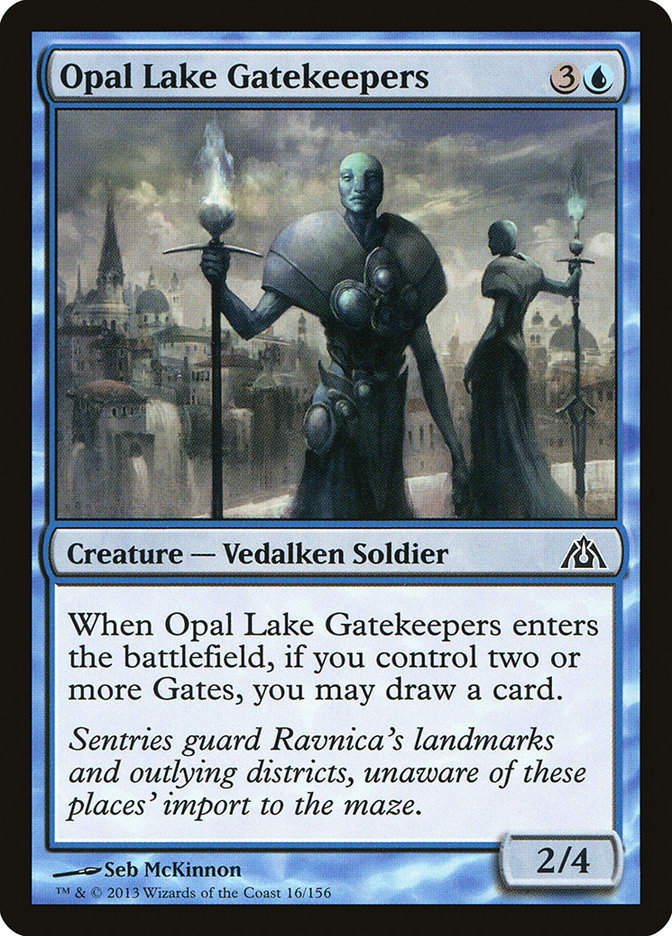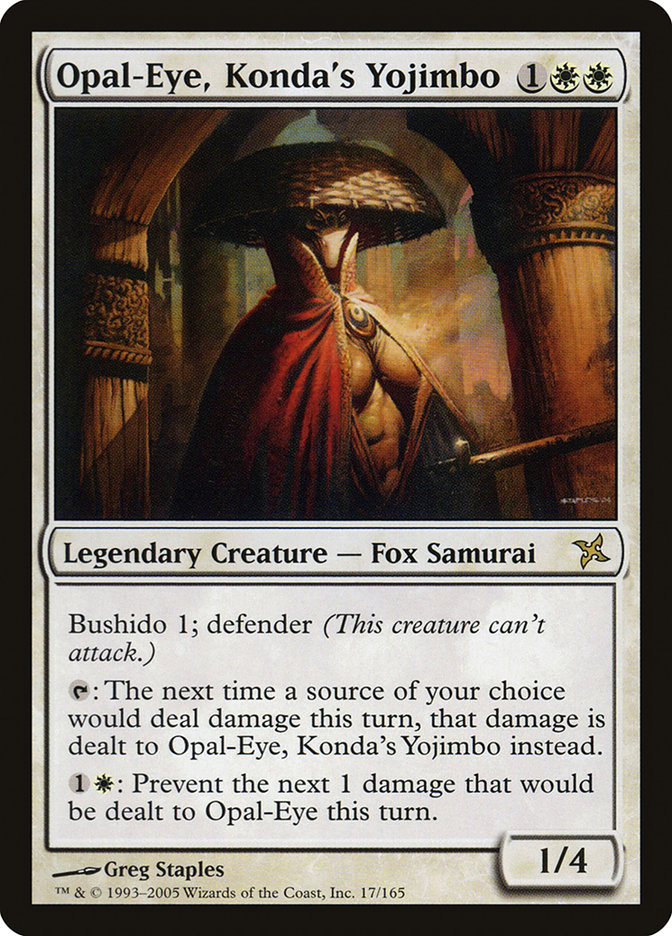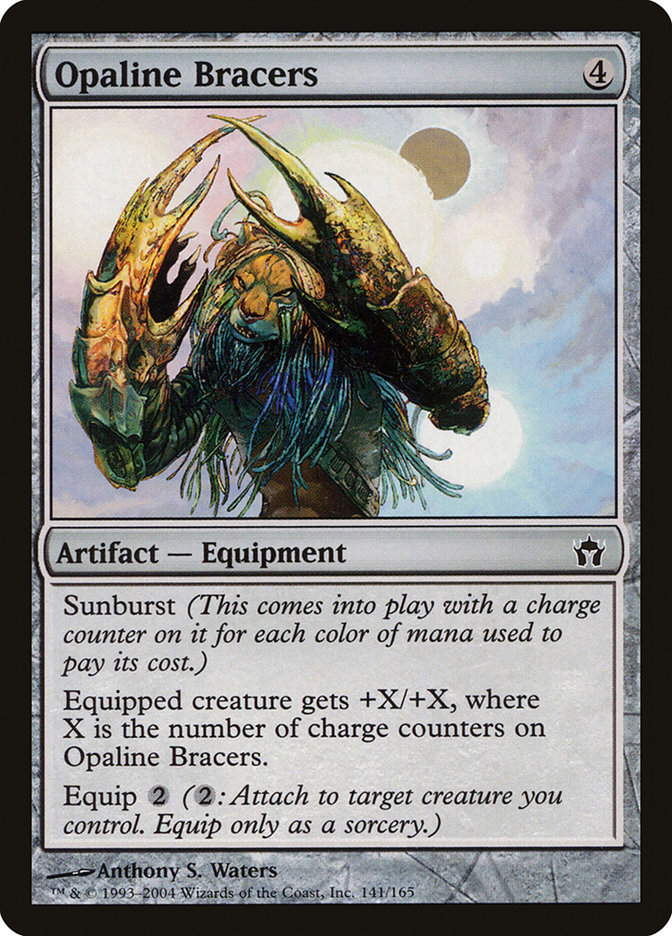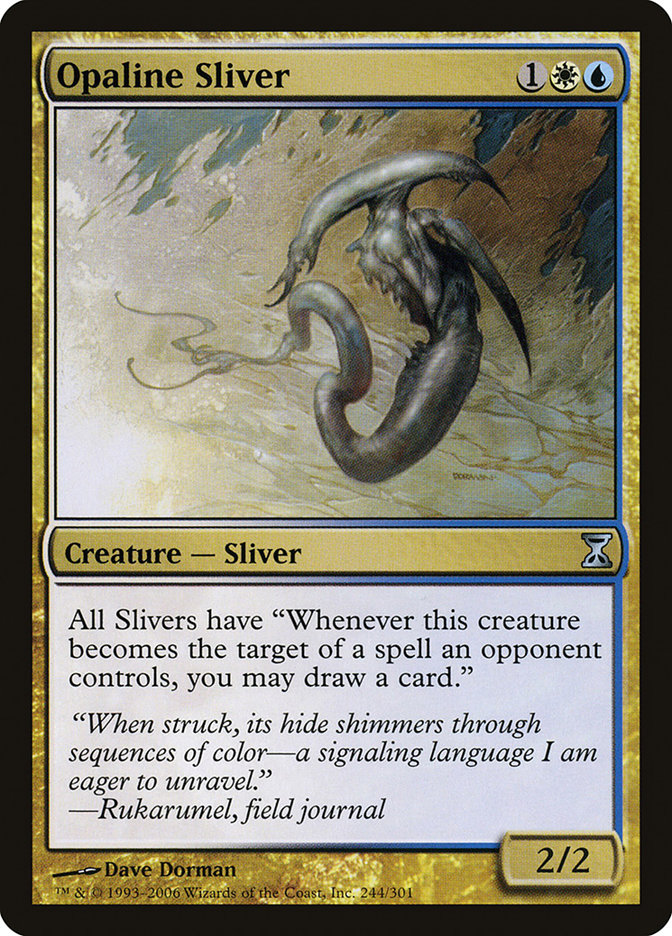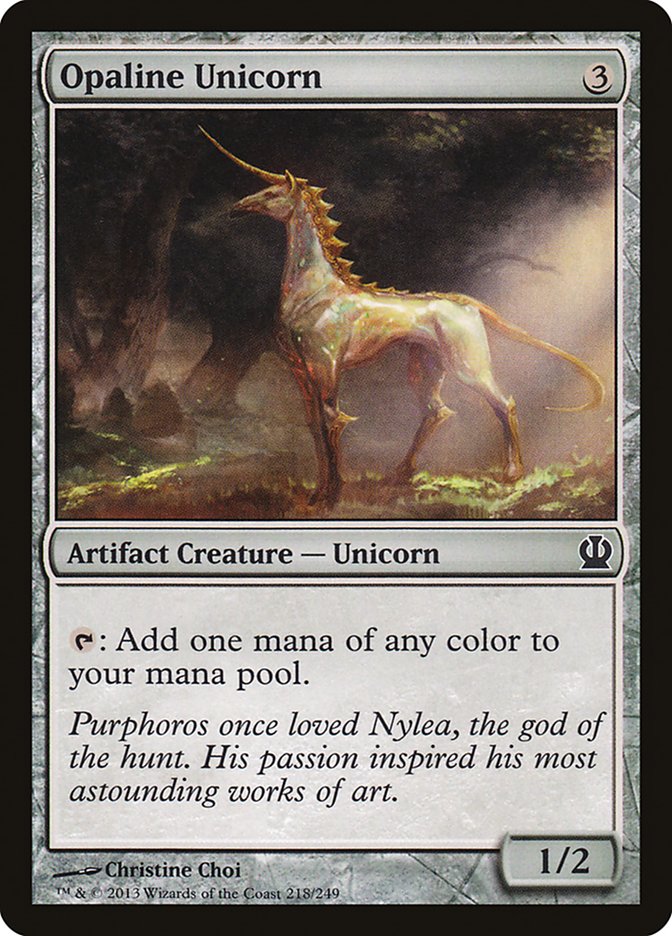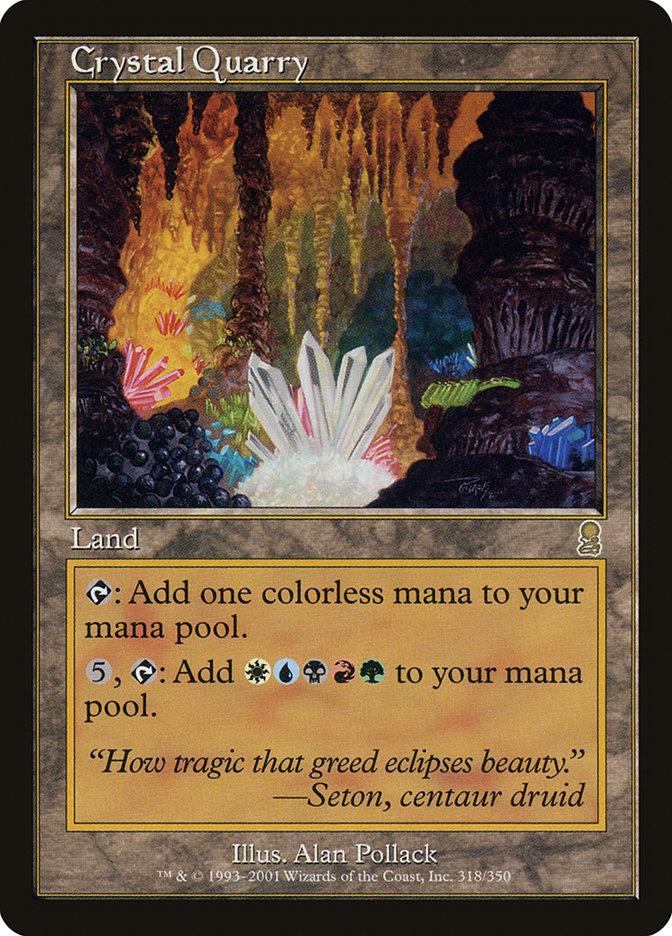As I’ve grown up, I’ve come to see the value of traditions I once dismissed. For example, as a youngster I didn’t particularly care for genealogy, but now I have more of an interest in who and where I came from, like my mother’s father’s ancestors from the Scottish Highlands.
My mother and I don’t see the Scottish Highlands the same way. To her, it’s the “old country.” To me, it’s the place that didn’t want my ancestors and exiled them during the Highland Clearances. Our differences won’t stop us from taking a trip there together, though, when time and money permit. It matters too much to her — and, if I’m being honest, to me.
Recently I got to talking with my mother about birthstones. I haven’t yet caught the bug she has. She treasures her few small sapphires, while I own no pearls or moonstones. Some of that is our differing tastes in ornament; I’m fond of a good necktie, but rings and bracelets and necklaces just get in my way, and I’ve never had a piercing. Still, it wouldn’t surprise me if I come around in my dotage.
As Magic is a game in part about valuable relics, often made of or adorned with gems, it’s unsurprising that there’d be a great deal of overlap between the birthstones in various lists and cards in Magic. “Birthstone cards” can make for a fun way to personalize a Commander decklist or a birthday gift for someone who’d get the meaning. Today I’ll tackle the twelve months, the various birthstones ascribed to them, and their appearances in Magic.
January (Garnet)
One of the few gemstones various United States and United Kingdom birthstone lists can agree on is the garnet. It’s also one of the trickiest (though not insurmountable) roadblocks to a “birthstone list” of Magic cards.
There’s no “Garnet Medallion,” no “Mox Garnet.” Despite the long history of garnets being used in Ancient Rome and elsewhere for decoration, the word “garnet” hasn’t filtered into card names or flavor texts that I’ve found. Neither have older names sometimes used to refer to garnets, such as “carbuncle.”
There is, however, one specific garnet that’s made its way into Magic terminology: andradite, which has a black version and was used in the card name for Andradite Leech. This obscure Invasion rare, part of a cycle, actually makes spells of its color more expensive to cast, not less, which explains in part why it’s so obscure in the first place.
February (Amethyst)
The semiprecious stone amethyst, a purple version of quartz, takes its name from the belief that a person consuming an alcoholic beverage from an amethyst cup wouldn’t get drunk. While the denizens of the Multiverse seem to prefer Braidwood Cups instead, the Thorn of Amethyst does suggest that, on Lorwyn at least, amethyst prevents the intoxication that can result from casting too many noncreature spells at once.
March (Bloodstone, Aquamarine)
Both of these birthstones are variants of more common minerals; bloodstone (known differently, if no less poetically, as “heliotrope”) is a type of chalcedony, while aquamarine is a faintly blue form of beryl, as linked above. The near-black hue of heliotrope with its red spots (resembling blood, hence “bloodstone”) made it the perfect choice for the Bloodstone Cameo from Invasion. Aquamarine and beryl in general fare less well, and no, “Chrysoberyl Earthsdaughter” on Wall of Vapor doesn’t count (chrysoberyl is a very different gemstone from any beryl variety).
April (Diamond)
After a drought in the first few gems, here we come to a veritable litany of diamonds! Leaving out cards such as Diamond Faerie, Diamond Kaleidoscope, and Diamond Valley, we’re still left with seven cards that represent diamonds alone, all of them providing mana.
A pair of zero-cost Diamonds regularly see Eternal play. Lion’s Eye Diamond enjoys frequent use in decks where discarding one’s hand is a drawback that can be worked around or flipped into a benefit. Mox Diamond sees play in land-heavy decks such as — wait for it — Lands.
Lion’s Eye Diamond wasn’t the only Diamond in the Mirage set, either. There’s also an entire cycle of “Diamonds” originating there, one for each of the five colors of mana. These have had different appearances historically; the Mirage version of Charcoal Diamond, for instance, is distinctly non-gem in appearance, while the 7th Edition and Commander 2014 (originally made for Magic Online) printings show a gem-faceted brown diamond instead.
Fire Diamond shows a pattern similar to Charcoal Diamond, with “natural” art in Mirage, an angular faceted version in 7th Edition, and a round faceted version in Commander 2014.
The Marble Diamond:
And Sky Diamond, which is the only one to show a round cut in its 7th Edition printing (and arguably the only one to be a clear improvement over its Mirage counterpart):
May (Emerald)
Somewhere between the gem and the shade of green it gave its name to are two creatures in Magic: Emerald Dragonfly and Emerald Oryx.
There are also three Magic cards that highlight emeralds as magically powerful jewelry. The Emerald Charm is ephemeral yet beautiful with multiple uses (and a “charm” means an ornamental trinket just as much as it means a spell).
Two other “Emerald” cards focus on stones which linger on the battlefield. The Mox Emerald is cheap to cast but costly to own, while the Emerald Medallion requires more mana upfront but is far easier on the pocketbook.
June (Pearl, Moonstone, Alexandrite)
While not a mineral (the natural pearl has an organic origin, as it is created within the shell of an oyster or similar shellfish), the pearl is a gem of uncommon resonance across the world, appearing in a Biblical parable and as a frequent attribute of Chinese dragons among other places.
It is little surprise that the pearl should appear in Magic: The Gathering from the game’s earliest days. The Merfolk of the Pearl Trident from Limited Edition Alpha, their later counterpart Master of the Pearl Trident, and Pearlspear Courier (where the spear is clearly a trident) all point to the link between a weapon of the sea and the sea’s great treasure.
It’s also hardly surprising that the “pearl” attribute should appear on other creatures. The Pearled Unicorn suggests its immense value with its adjective, for example. And on the plane of Tarkir, inspired as it was by the history of Asia, the Master of Pearls and Pearl Lake Ancient tap into the resonance mentioned above. Even the African-themed Mirage has the story of a Pearl Dragon.
While pearls come in many colors, in Magic they are clearly associated with the color white and have been since Limited Edition Alpha and Mox Pearl. Later appearances include the Pearl Medallion from Tempest and the Pearl Shard from Mirrodin.
Moonstones and alexandrites, alas, have less luck. “Chrysoberyl Earthsdaughter” is as close as it gets.
July (Ruby)
The third of the “big four” precious gemstones (the others are diamond and emerald, described above, and sapphire, to be discussed under September), the famously red Ruby is surprisingly short in Magic representation. The only “Ruby” creature is the Ruby Leech, a gemstone-studded bloodsucker that actually makes red spells cost more to cast (part of the cycle including Andradite Leech above).
Earlier “Ruby” cards follow the traditional give-mana-or-make-spells cheaper theme instead. Mox Ruby does the former and Ruby Medallion the latter.
August (Sardonyx, Peridot, Spinel)
With three choices, one might think August would be easy. In fact, it’s anything but.
Sardonyx is a red form of onyx. Unfortunately, in Magic, use of onyx has been “all black, all the time” (in part because there are few suitable black gemstones otherwise). Think Onyx Goblet, Onyx Mage, and Onyx Talisman — not much red there.
Peridot, as a green gemstone, might make sense for a future card (particularly on a plane with lots of volcanoes), but it just hasn’t shown up yet.
Then there are spinels. While there isn’t a “spinel” card in Magic (though there is Spineless Thug), red spinels were known as rubies until scientific analysis could tell them apart, and certain famous gemstones called “X Ruby” are actually spinels, such as the Black Prince’s Ruby in the Crown Jewels of the United Kingdom. With that in mind, I’m going to say the Ruby Medallion from Tempest actually has at least one spinel in it and claim it for August.
September (Sapphire, Lapis Lazuli)
Sapphire is the last of the “core four” precious stones, a corundum kissing cousin to ruby and the iconic blue gemstone. It’s no great surprise that sapphires would show up in the names of creatures and spells as well as artifacts; in the former category fall Sapphire Charm, Sapphire Drake, and Sapphire Leech.
On the artifact side for September, Mox Sapphire and Sapphire Medallion follow patterns established earlier, with the Tempest printing of Sapphire Medallion showing a sapphire with an asterism or “star.” The gemstone lapis lazuli, famous as a source for blue pigment, rates a single mention in Magic: the obscure Lapis Lazuli Talisman.
October (Opal, Tourmaline)
While tourmaline, a somewhat obscure gemstone that comes in many colors and doesn’t have a clear popular identity, strikes out in Magic, the opal is, so far as I can tell, the single most commonly referenced gemstone in Magic.
Most of these references came in the Urza block, which saw a series of “Opal” enchantments printed that became creatures on a certain trigger happening. Time Spiral saw a callback to these with Opal Guardian. Urza block also contains the infamous combo card Opalescence.
Urza block is by no means the only source of opals in Magic. The gem echoes across planes, from the Opal Palace in Commander 2013 to the Opal Lake Gatekeepers in Dragon’s Maze from Return to Ravnica block. There’s even a legendary creature from Kamigawa known as Opal-Eye, Konda’s Yojimbo.
Going adjectival, Magic is oddly fond of the term “opaline,” which shows up on three cards in three separate blocks: Opaline Bracers (Fifth Dawn in Mirrodin block), Opaline Sliver (Time Spiral in Time Spiral block), and Opaline Unicorn (Theros in Theros block).
Opaline Unicorn is one of only two mana-producing “Opal” artifacts in Magic. The other is Mox Opal, a key component of Affinity and Lantern Control decks in Modern.
November (Topaz, Citrine)
Here’s where things get tricky. Topaz as a gemstone is generally yellow-to-orange, and since that doesn’t correspond to any of the colors of Magic, topaz has been absent so far. Citrine is a yellow-to-orange(-to-brown) version of quartz; again, there’s no Citrine Medallion or the like. Even quartz hasn’t shown up in the Magic lexicon — as “quartz,” anyway.
Like August, November forces a stretch. Luckily, I have an out. When Magic uses the word “crystal” without any qualifiers (as in Crystal Vein or Crystal Golem, to name two), the visual reference is to quartz. It seems to me that Crystal Quarry, with its obvious quartz visual and equally plain references to stones of many colors, must have some citrine lurking in there somewhere! I see an awful lot of orange and yellow in the back…
December (Turquoise, Lapis Lazuli, Zircon, Tanzanite)
Poor December has seen the most changes over the last two centuries or so, flipping from red gems to blue and having turquoise as the only constant in the 20th and 21st centuries.
Tanzanite and zircon are dismissed readily from the Magic birthstone running with a simple search. Lapis Lazuli, as I mentioned up in September, has the Lapis Lazuli Talisman.
And it turns out the Lapis Lazuli Talisman isnecessary because “turquoise” somehow strikes out. It’s one of the most famous blue-green stones in the world, though it may be that the dual blue-green nature is what’s kept it out of Magic’s lexicon so far. Perhaps the upcoming Amonkhet will have a cycle of enemy-color “mana rocks,” in which case “Turquoise Whatever” would be a perfect name for the blue-green one. Turquoise was one of the first gemstones mined, notably in Ancient Egypt, and the goddess Hathor was called the “Lady of Turquoise” among other names.
Your Birthstone Shopping Guide
As much as I’d like to recommend everyone go out and buy Mox Sapphires for their September folks, prudence demands that I craft a more affordable list of choices for Magic birthstones. Taking the various options I mentioned above and mixing-and-matching various United States and United Kingdom lists of birthstones, here’s where I ended up, with prices current as of publication:
January: Andradite Leech (garnet) – $.49 regular, $1.99 foil
February: Thorn of Amethyst (amethyst) – $19.99 regular, $59.99 foil
March: Bloodstone Cameo (bloodstone) – $.25 regular, $.99 foil
April: Sky Diamond (diamond) – $.39 regular, $15.99 (7th Edition) foil
May: Emerald Medallion (emerald) – $.89 regular, not available in foil
June: Pearl Medallion (pearl) – $2.55 regular (slightly played, Tempest), not available in foil
July: Ruby Leech (ruby) – $.49 regular, $1.99 foil
August: Ruby Medallion from Tempest (spinel) – $3.49 when in stock, not available in foil
September: Sapphire Medallion (sapphire) – $2.99 regular (slightly played, Tempest), not available in foil
October: Mox Opal (opal) – $34.99 regular, $49.99 Modern Master 2015 foil
November: Crystal Quarry (citrine) – $4.99 regular, $19.99 foil
December: Lapis Lazuli Talisman (lapis lazuli) – $.25 regular, not available in foil
I certainly encourage you to switch things up if you like. July birthstone folks, for instance, should feel free to claim the Ruby Medallion for their own (or Mox Ruby, if they’re feeling extravagant or Vintage-legal). Similarly, if Mox Opal is a bit too spendy for October, by all means find another Opal card that’s right for you!
What’s your Magic birthstone? Does it match your Magic personality? Is a birthstone one of your favorite Magic gems, or has something like jet (as in Mox Jet) captured your heart?


